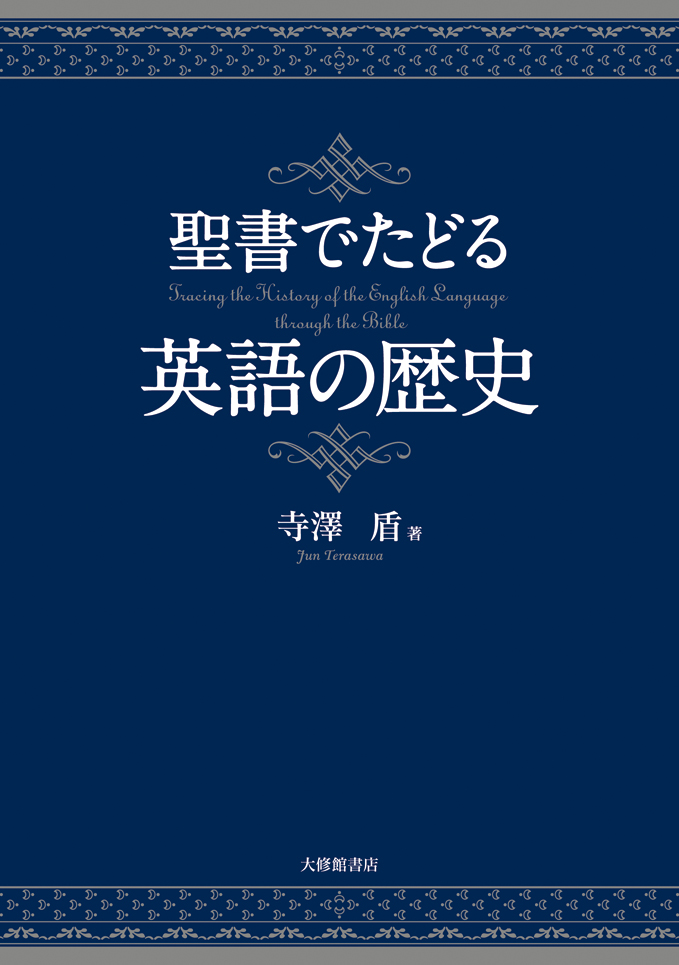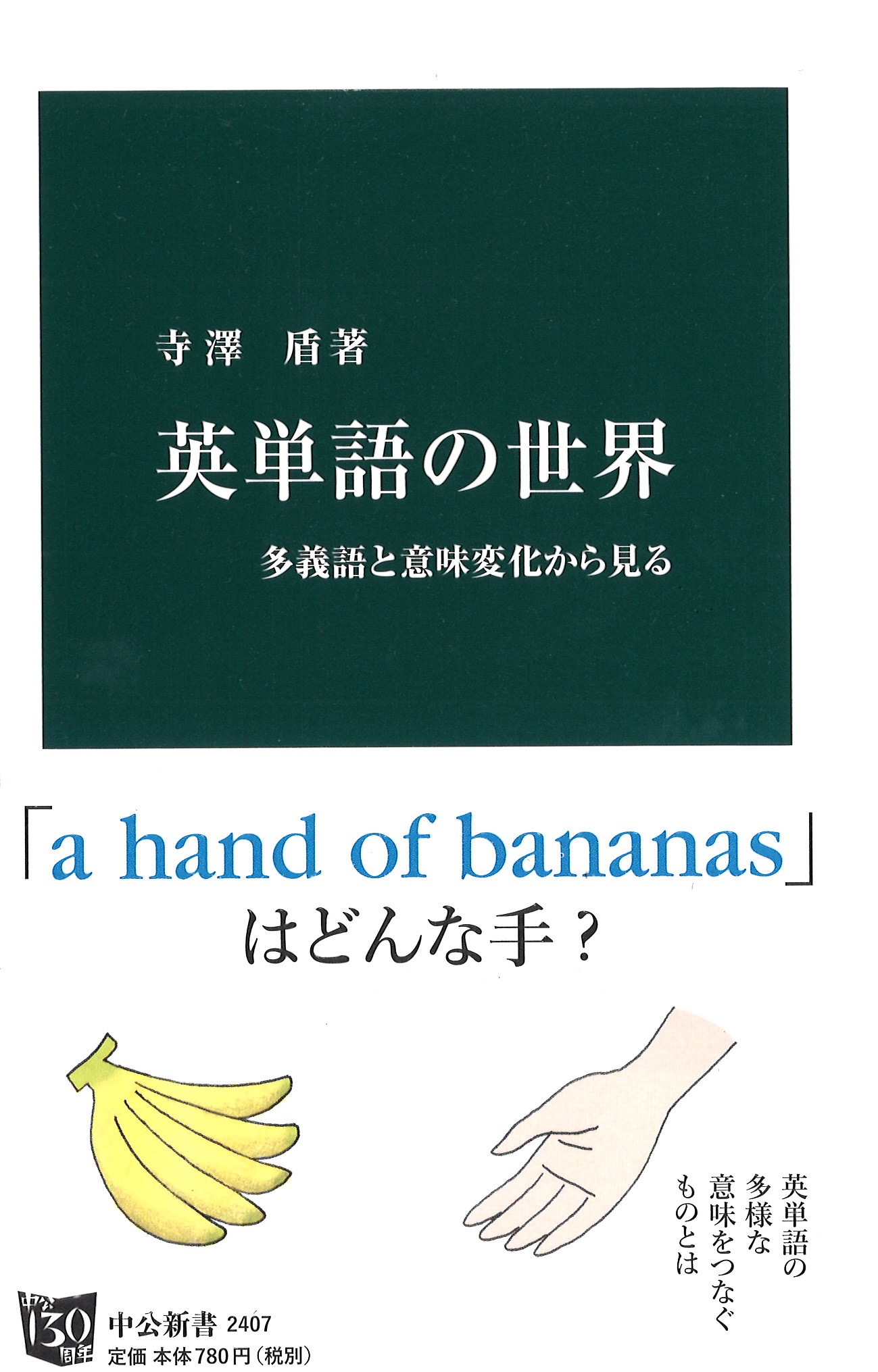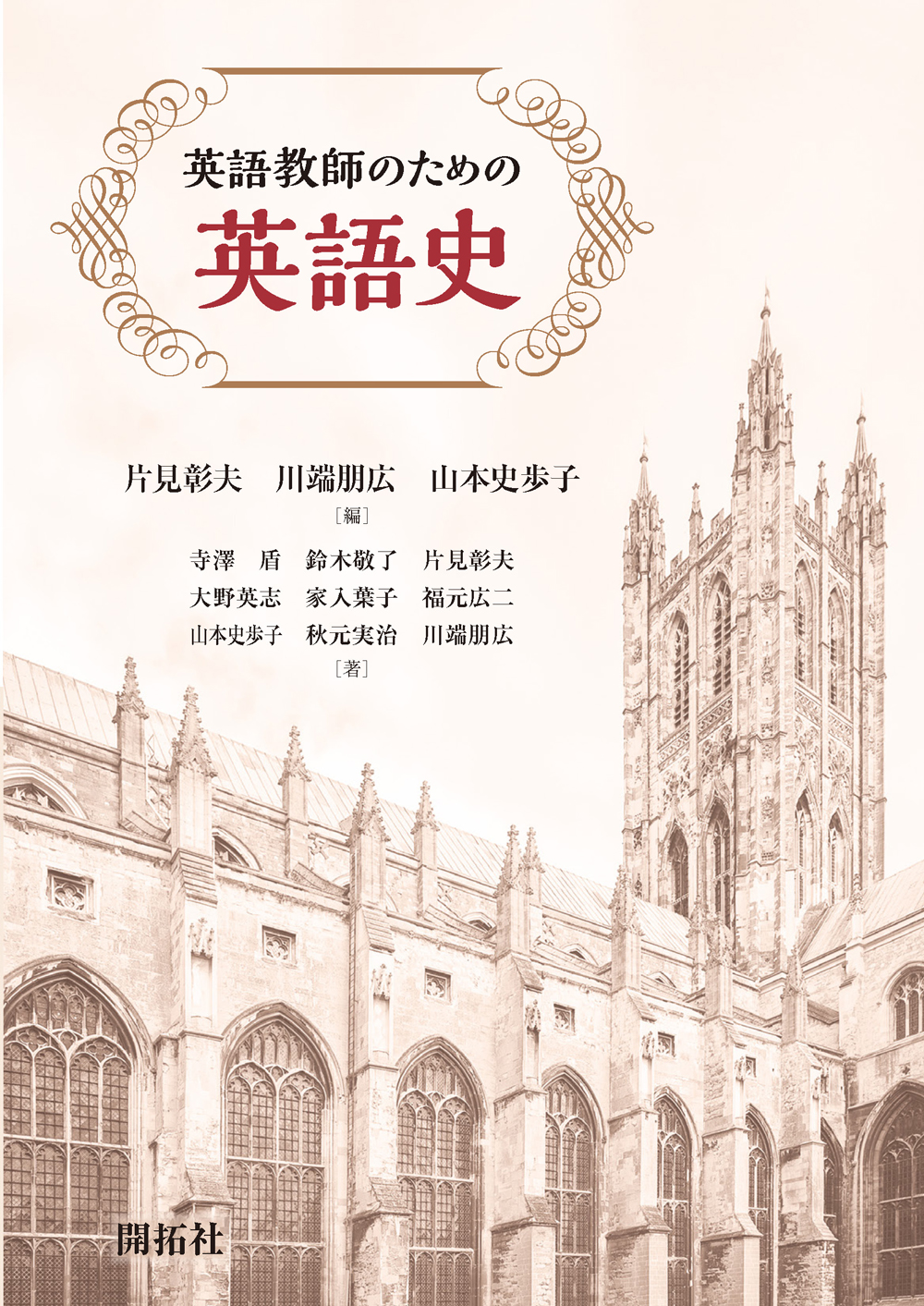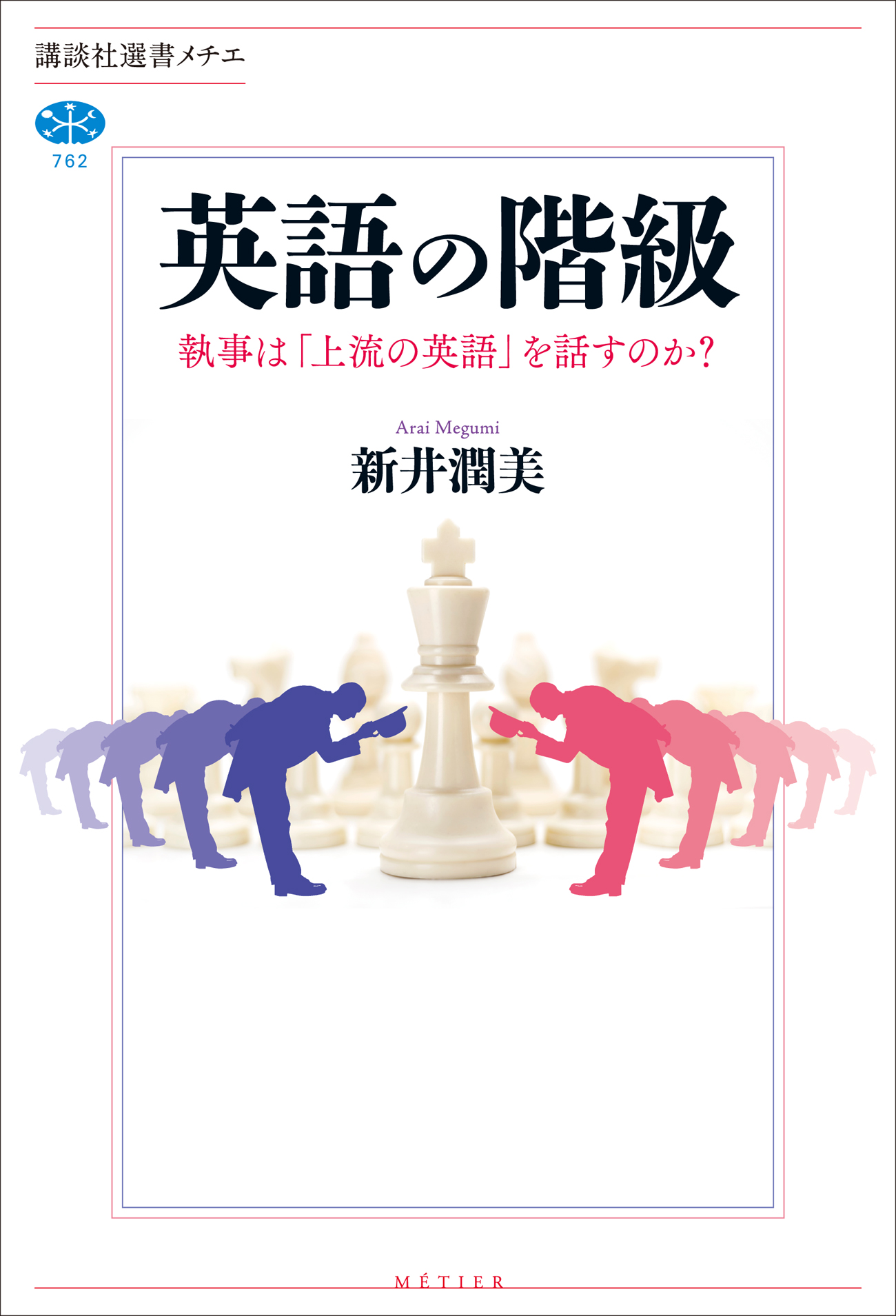
Title
Seisho de tadoru Eigo no Rekishi (Tracing the History of the English Language through the Bible)
Size
262 pages, A5 format
Language
Japanese
Released
December 10, 2013
ISBN
978-4-469-24582-0
Published by
TAISHUKAN Publishing Co., Ltd.
Book Info
See Book Availability at Library
Japanese Page
I specialize in the history of the English language and study how Present-day English has been formed through its 1500-year history. In my undergraduate lectures on the history of English, I often give my students an overview of the historical changes in the language using introductory textbooks (such as the author’s History of the English Language - tales from the past to the future; Chuokoron-Shinsha), but I have always had the impression that the students are hardly exposed to the living language that undergoes changes in reality. To use an analogy, it is as if students learn a ‘delicious’ recipe from the history of English, but have never experienced the ‘taste’ of the dish.
This book therefore aims to provide a taste of various changes that have occurred in the English language over the last 1,500 years through comparisons of versions of the Bible, translated into English at various times. These English Bibles are based on the same original despite the differences in the periods of their translation, thus in principle they express the same content. Therefore, they are good materials for comparison from the perspective of English language history. Another advantage is that students can also learn about the English and American cultures from these English Bibles as they are closely linked to the lives and cultures of people in the respective countries. For example, readers may know some idioms such as “to cast (or throw) pearls before swine” and “the scales fall off from one’s eyes.” These in fact derive from the English Bible.
It is not only ancient translations that this book addresses. There were so many English versions of the Bible published in the twentieth century that some people call it the century of the Bible. This could be a manifestation of ‘democratic’ efforts to cater to every need of the Bible-reading general public. For example, words used in the Bible need to be easy and familiar in order to convey the message to a greater number of readers.
Previously, British English was the mainstream for Bible translation, but with the rise of America in the 20th century, the importance of the American English versions has increased. Furthermore, in addition to British and American English, the English language developed in some former colonies into other varieties (including Pidgin/Creole English), which have become closely associated with the identity of the local people who speak them. These people now want to read the Bible in their own versions of English.
Meanwhile, since the 1980s, there have been increasing numbers of movements to fight against discrimination and inequalities in society in the USA and other countries. In response to this trend, recently-published English versions of the Bible have paid attention to removing discriminatory passages against people with disabilities, against women and so on.
In order to meet various requirements of the time as above, many English translations of the Bible are being published even today, presenting us with the opportunity to observe the changes taking place in modern American and British societies as well as in their respective versions of English.
This book will hopefully allow its readers to experience not only the changes that have occurred in the past but also those in progress in contemporary English.
(Written by TERASAWA Jun, Professor, Graduate School of Arts and Sciences / 2017)



 Find a book
Find a book




